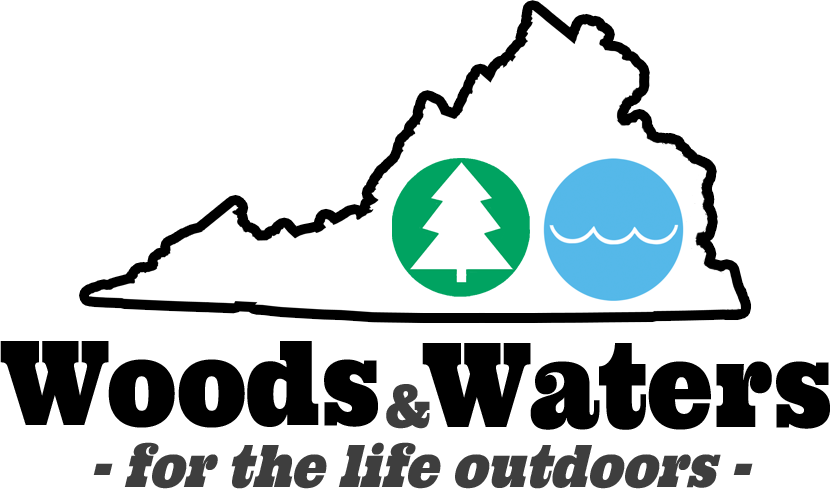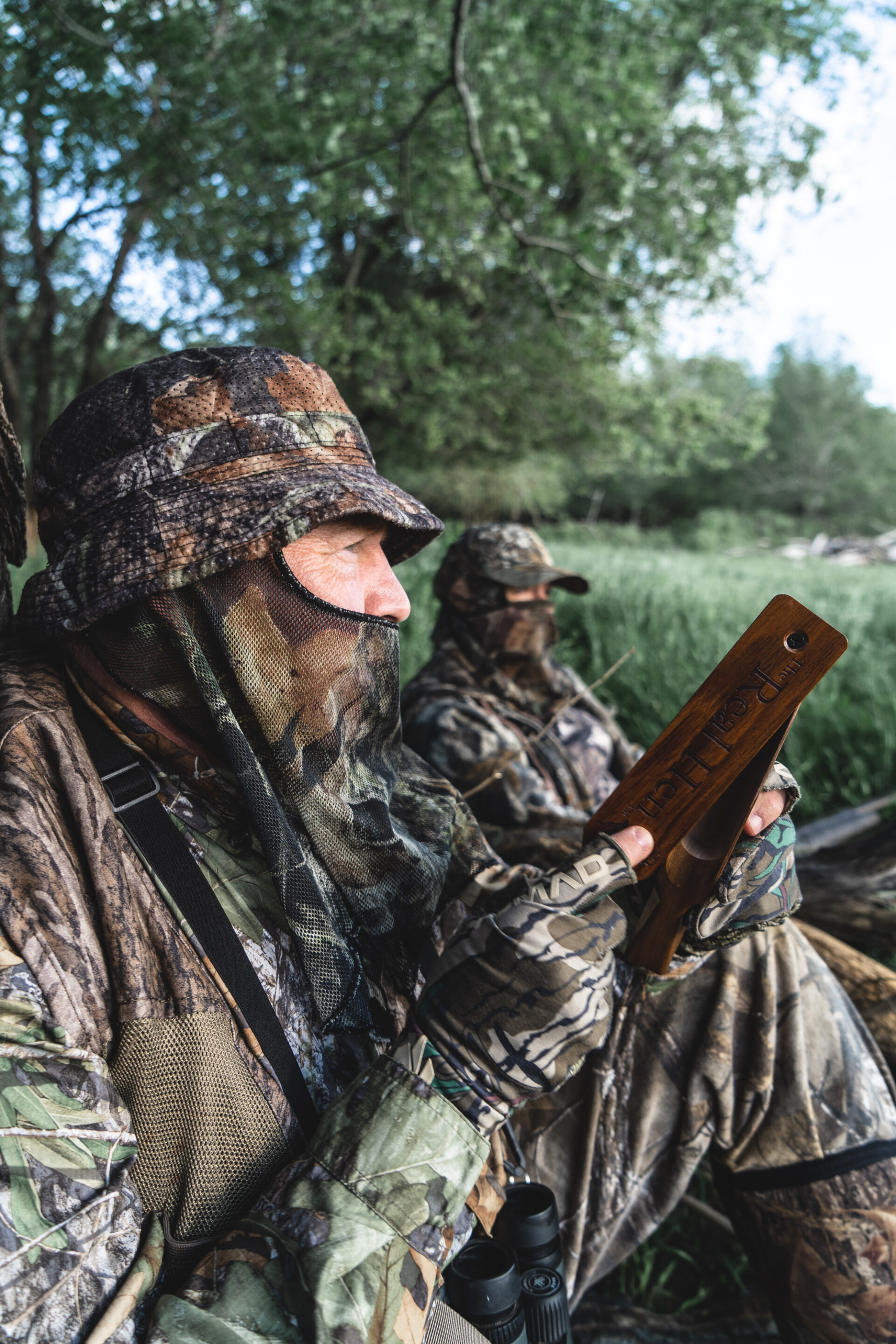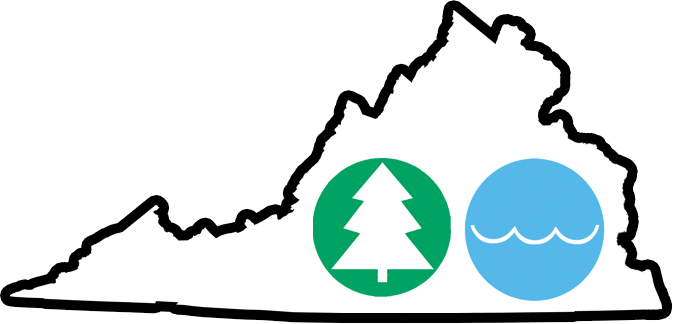By Duane Adams
If you want to learn how to spring gobbler hunt, you need to start with calling. W2’s turkey hunting expert, Duane Adams has spent years honing his calling skilils and hunted all over North America. He knows what he is talking about. Here is his advice on the six calls you’ll need to master if you want to harvest gobblers regularly.
What are the turkeys saying? Why are they saying that? What should I say? What should I do?
When I began turkey hunting this was one of the most confusing parts of learning the game. Even today, every hunt I learn something new. Over the many years I’ve been turkey hunting I’ve learned the time, skill and the effort it takes to decipher the language of the turkey is key to a hunter’s success.
Most turkey hunters will tell you the most heart pounding aspect of turkey hunting is engaging in a conversation with a cooperative Tom as he thunders toward your setup. After all turkey hunting is a conversational sport. Therefore, it’s vital to know the language.
While turkeys have a wild vocabulary there are six very important calls that all hunters should know and try to master: the yelp, a tree yelp, clucks, putts, cutting and the gobble.
The Yelp
The two-note yelp might be the most basic turkey sound. Yelps can mean about anything depending on a variety of factors such as number, cadence, volume and more. To keep it simple, just remember they’re primarily used by hens as locator or brood-assembly calls, and they’re also used as an indicator that a female is ready to breed.
Tree Yelp
The yelping you hear early in the morning from turkeys still on the roost called a tree yelp. The first yelps are brief, soft, and muffled. Turkeys use tree yelps to communicate with other birds in a flock, and as the flock awakens, they become louder and louder until they evolve into full-fledged yelping as birds prepare to fly down. Hearing tree yelps is a good indicator that you’re close to the roosting area and that things could get interesting very quickly.
Clucks
The cluck is a short, one-note call often used by turkeys to get the attention and/or locate another turkey. In addition to yelping, a cluck is one of the most common calls heard and used by hunters in the woods.
Think of clucks as soft sounds of contentment, where a turkey is simply trying to locate other birds.
Putts
The putt is a short single, sharp note that turkeys use as an alarm. Turkeys usually putt when they see or sense danger.
The single sharp notes from a bird standing at attention, or as it scurries away, are likely alarm putts. This is definitely the one sound no turkey hunter wants to hear.
Cutting
Cutting is an intense series of loud, erratic clucks often used by hens that are agitated or seeking companionship. The volume of cutting makes it easy for a bird to reveal its location, and the excited nature of the call is often used to reel in a Tom that’s fired up. This is a call that ultimately means, “Get over here,” which is completely opposite of how the Spring ritual of turkey mating works, where the Tom does the talking and the hens do the walking.
Gobble
The gobble is the only true mating call of the turkey, and it’s the main vocalization of a Tom in the Spring.
When gobbling is at its peak, the first gobble is usually about 30 minutes before sunrise, often in response to the first call of a crow or other loud sound. Gobbling gradually increases with the morning light and just before sunrise is typically the height of gobbling activity. Male turkeys gobble to attract hens and establish the flocks pecking order.
By understanding these basic turkey calls and the activity that is represented by these vocalizations a hunter can greatly increase their odds of success. Additionally, by understanding the interactions of the flock, it increases the enjoyment of time spent in the woods.
One of the key things to keep in mind is when and how much to call, this only comes with experience. One of the mistakes I see new turkey hunters make is over calling, especially when they have a gobbler responding.
While we all like to hear the thunderous roar of a fired up Tom, we also need to mimic and play the role of a hard to get hen.
Calling is as much about emotion as it is about realism, and in the woods it’s better to call with purpose and passion instead of just making noise.
Take the time to study and interact with wild turkeys outside of hunting season. I’ve found this to be some of my most enjoyable times in the woods.



